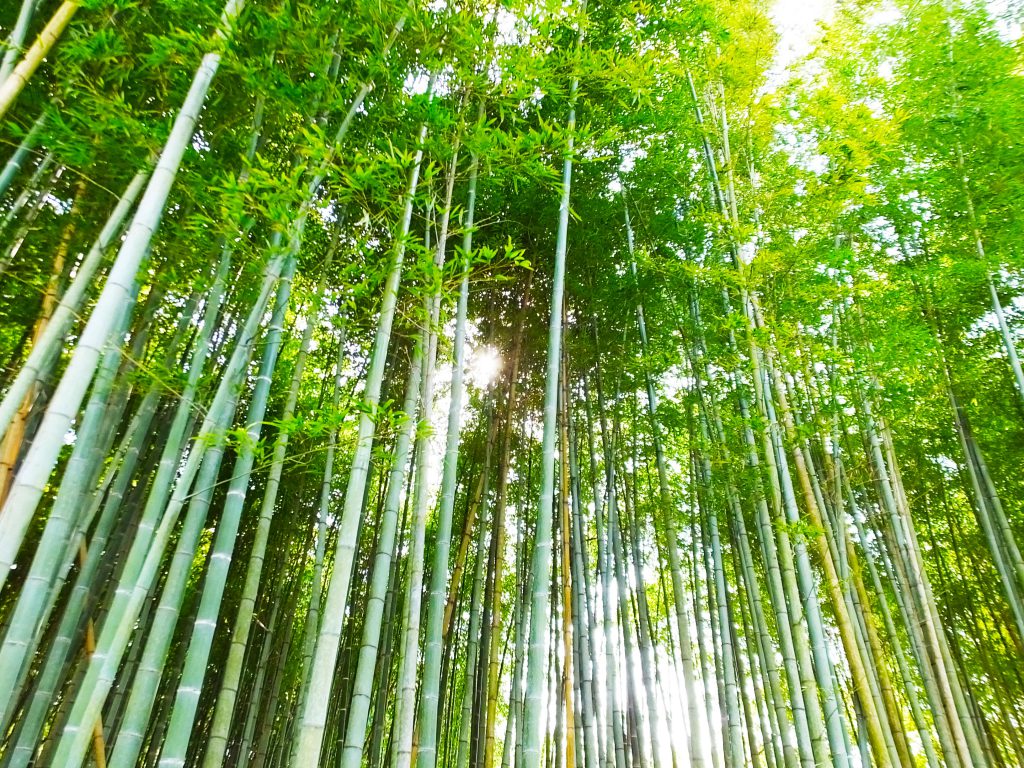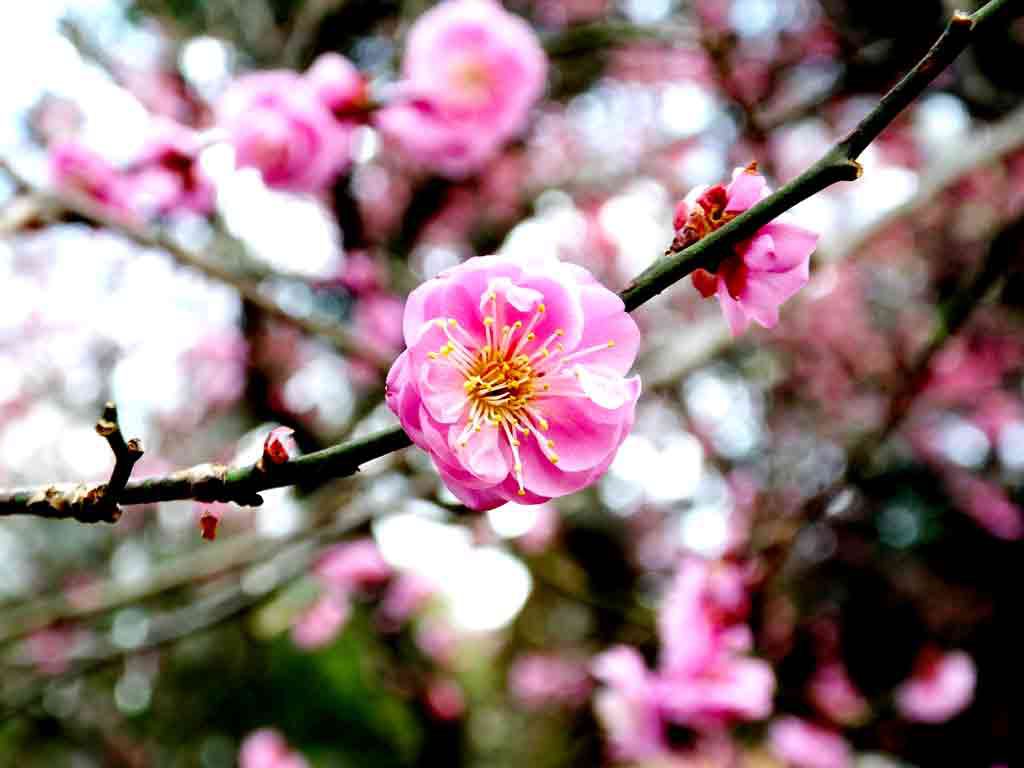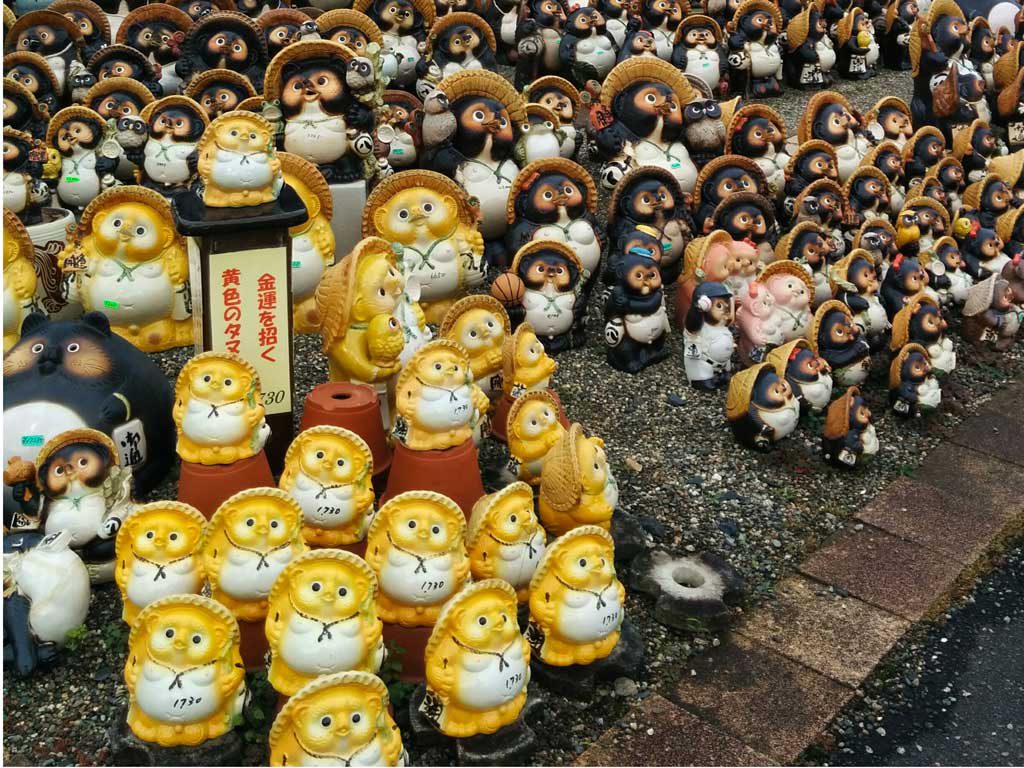Jul. 29, 2017
Have you ever heard of sho-chiku-bai? It is what Japanese people believe brings you good fortune. It refers to pines, bamboos and ume (Japanese apricots). In Japan, you can see the motifs of pines (sho), bamboos (chiku) and ume (bai) on many things such as kimono, folding fans, chopsticks and so on. Sometimes the design includes all three, and sometimes you can see only one of them. On the label of the famous sake (Japanese rice wine) named Sho-Chiku-Bai, you can see those three –sho, chiku and bai.

It is interesting that you can rate something using sho-chiku-bai. Let’s say pines were premium, and then bamboos would be gold and ume, silver. Some Japanese restaurants have menus called “sho,” “chiku” and “bai.” Of course, the “sho” is the most expensive and extravagant meal among them. I think Japanese people value sho-chiku-bai, especially pine trees. Around New Year’s Day, some people put a decoration made of pine in front of homes. It is called kadomatsu, which literally means ‘gate pine.’


As well as sho-chiku-bai, cranes and tortoises are considered as symbols of good luck, especially longevity. Cranes are said to live for a thousand years, and tortoises, ten thousand years. Also owls and raccoon dogs mean a lot to Japanese. In its name, owls (Japanese: fukuro) has ‘fu‘ that means ‘no’ in English, and ‘kuro,’ ‘hardship.’ Raccoon dogs (Japanese: tanuki) has ‘ta‘ meaning ‘others,’ and ‘nuki,’ ‘to overtake someone.’

Japanese people have loved dozens of things that bring you a good luck. If you are interested in them, then I can say that you have a Japanese spirit. It is fun to look for the motifs of those plants and animals, and thanks to them, maybe you will have a good luck. It is worth trying!
By Meg Konishi (Find Your Japan)
